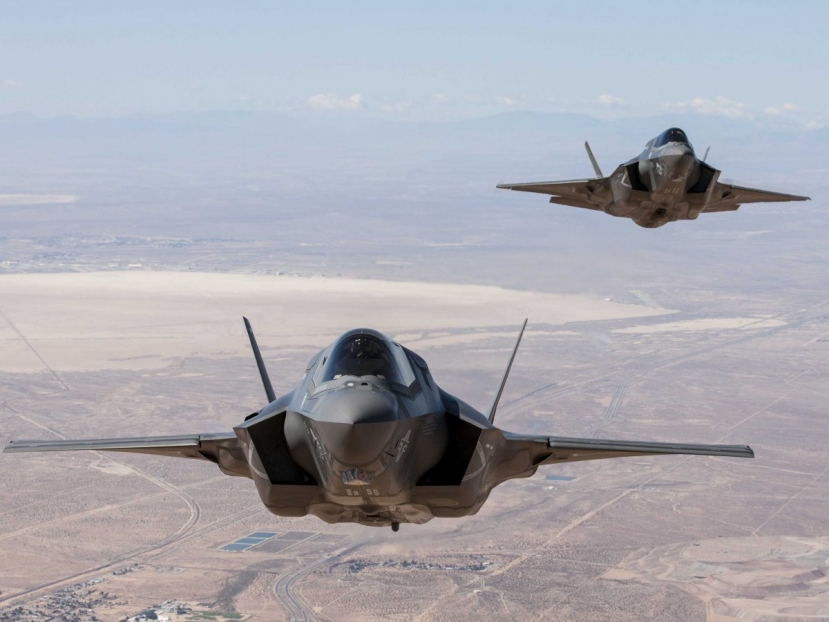The F-35 can't outmaneuver a plane it is meant to replace
13.07.2015 09:53
 The F-35 can't outmaneuver a plane it is meant to replace
The F-35 can't outmaneuver a plane it is meant to replace
The F-35, touted as the jet of the future, has just run into perhaps its single most damning issue yet — the jet cannot effectively dogfight against the older jets it is meant to replace.
According to a brief written by an F-35 pilot and obtained by David Axe at War is Boring, the new jet was "at a distinct energy disadvantage" compared to a rival F-16 during a mock dogfight.
During a dogfight, planes make use of kinetic and potential energy to effectively carry out maneuvers — a plane with less energy is less capable of fighting well and would find itself at a distinct disadvantage against faster and nimbler opponents.
In this case, the most expensive weapons system ever was engaging in a mock battle with an F-16, one of the planes that the F-35 is intended to replace. Yet, according to War is Boring, the F-35 pilot found it nearly impossible to engage the F-16.
“There were not compelling reasons to fight in this region," the pilot noted. The turning rate of the F-35 was simply too slow to catch up with the nimbler F-16. Consequently, the F-35 also was incapable of adequately maneuvering out of the way of an F-16 attack.
The F-35's incapability to overcome an F-16 in a dogfight, a plane that was first introduced into service in 1978, does not bode well as the F-35 may also have to deal with not just legacy aircraft but also other fifth-generation aircraft in the skies.
Both Russia and China are far into the development of their own versions of next-generation fighters.
Bill Sweetman of Aviation Week notes that the Russian T-50 fifth-generation fighter has better roll and yaw control compared to both the American F-22 and the F-35.
The T-50 is also designed to have extreme maneuverability at both supersonic and subsonic speeds. It is thought that the T-50 could outperform both the F-35 and the F-22 in this regard. Likewise, the T-50 can maintain a super cruising speed of approximately Mach 1.8, matching the F-22 and surpassing the F-35.
Likewise, an unnamed senior US fighter pilot told USNI News that he thinks the Chinese J-31 could be on par with the F-35 "because industrial espionage is alive and well." The J-31 is about the same size as the F-35 but has smaller engines and a flatter fuselage, implying a focus on air-to-air combat, in which it could outmatch the more sluggish F-35.
Ultimately, the F-35 may never need to participate in air-to-air battles. The aircraft is stealth and may be fortunate enough to be able to engage in battles without being concerned over the possibility of aerial dogfights.
However, Chief of Naval Operations Adm. Jon Greenert may not be so sure.
"Stealth may be overrated," Greenert said during a speech in February.
If that turns out to be the case, then the F-35's energy disadvantage could become a crucial factor in future aerial conflicts.
